Quicklinks
Quicklinks
When you get into the locomotive, what do you have to do before you can start driving?
Before I get on the locomotive I inspect it from the outside. I will also visually check the technical condition of the locomotive from the inside. I check the condition of the operating cartridges and the condition of all inventory items. Then I check the Repair Book, where we write down the locomotive's defects. Only then do I put the locomotive into operation.
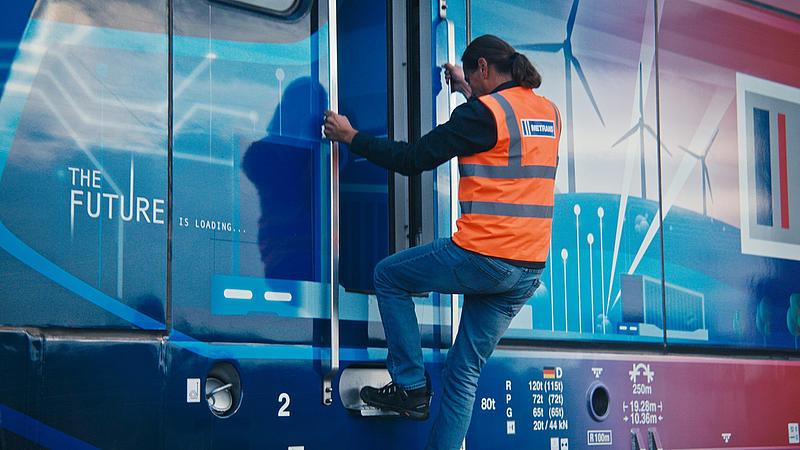
Our modern locomotives are computer-controlled and have their own built-in diagnostic system, based on which I can diagnose the functionality of individual systems. If everything is in order, I can connect the locomotive to the train. Before the train leaves, I need to test the braking system and check the train documentation.
I would also like to mention the large team of people involved in preparing the train for the journey. From the shunters, crane operators, sub-cranes, carriage drivers and the dispatching apparatus. Without them it would not have been possible.
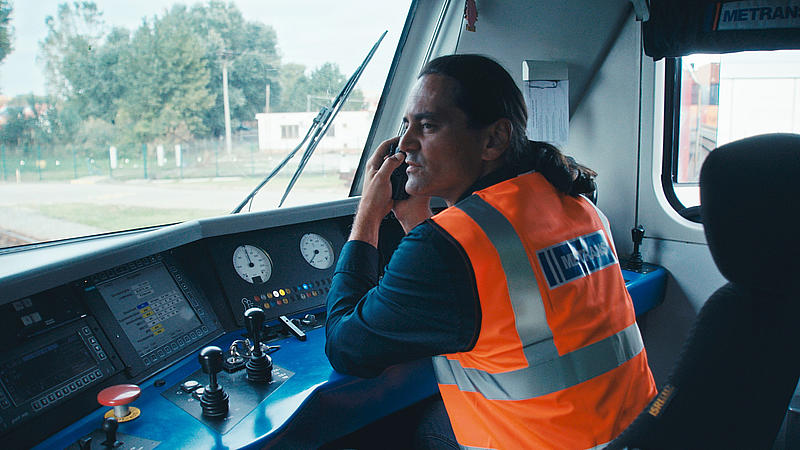
There is still the large team that loads the containers. How many fit on the train?
Quite a lot of boxes! The maximum number of containers that can be loaded on a train depends on their size. If we were to load only the smallest, which are standardised 20 foot containers, four such containers would fit on a single rail car. We can load a maximum of 24 rail cars in Dunajská Streda. So, we will load 96 of the small standard containers per train. For larger containers the number is of course lower.
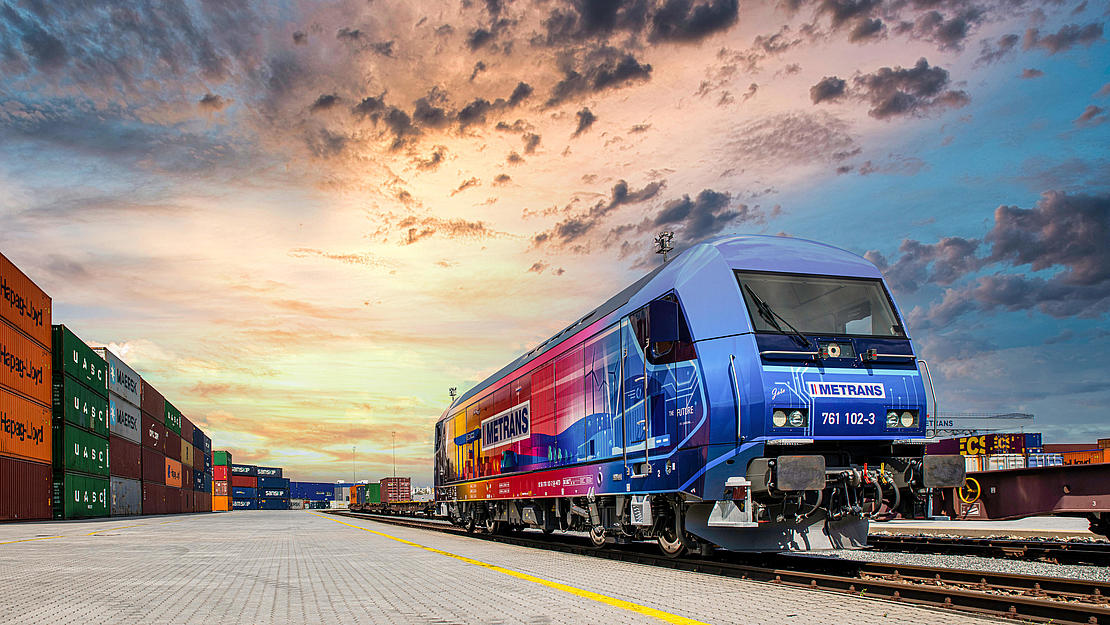
How long have you been a train driver?
2011 I started a driver's course. The vocational training began with intensive theoretical training, which lasts half a year. In this part of the training, the future driver must learn the rules of rail transport and acquire technical knowledge. Then the course continued with practical training for six months under the supervision of experienced drivers and instructors. The training is followed by a professional examination to verify the knowledge and skills acquired. After successfully completing this test, I was ready and really excited to finally drive a locomotive.
What is more complicated: shunting cars or driving trains?
I drive trains more often than I shunt. In my opinion, shunting is more complicated. The shunter is at the end of the train, and I feel responsible for him too. So I have to be even more vigilant. I have to react to his instructions in a timely manner and not compromise his safety.
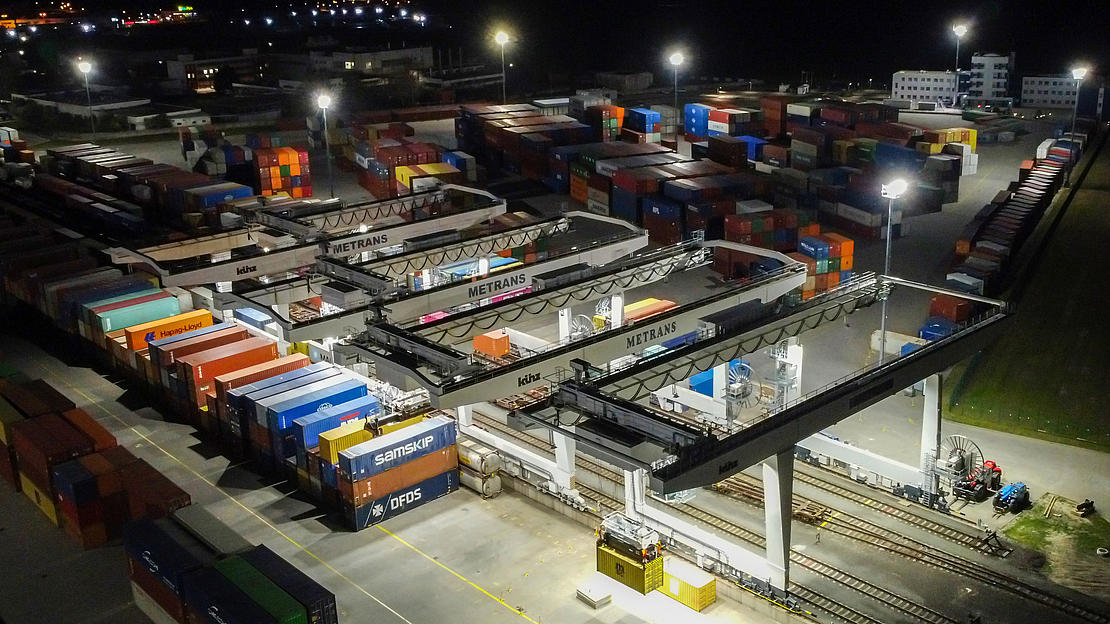
Do you have to drive trains at night as well?
In Dunajska Streda we have round-the-clock operation, so we also run at night. We even drive more at night than during the day. There aren't as many passenger trains running then, which restricts us, and that's why it's our time. For night shifts, I find the most important thing is to rest before boarding. Even a small amount of fatigue can do a lot of damage.
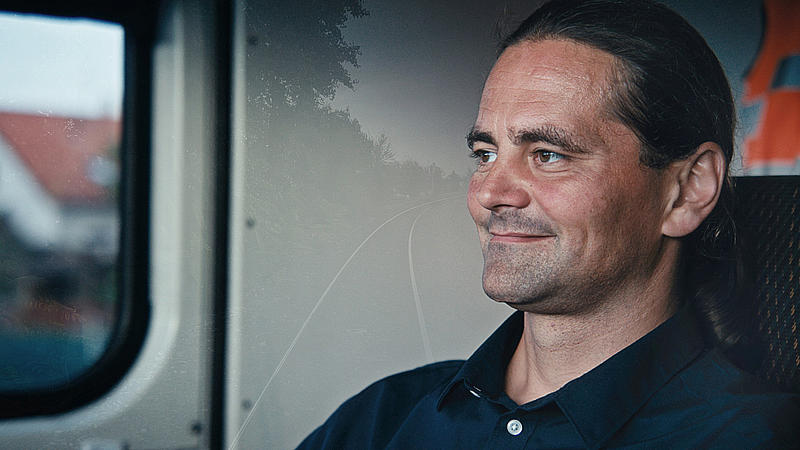
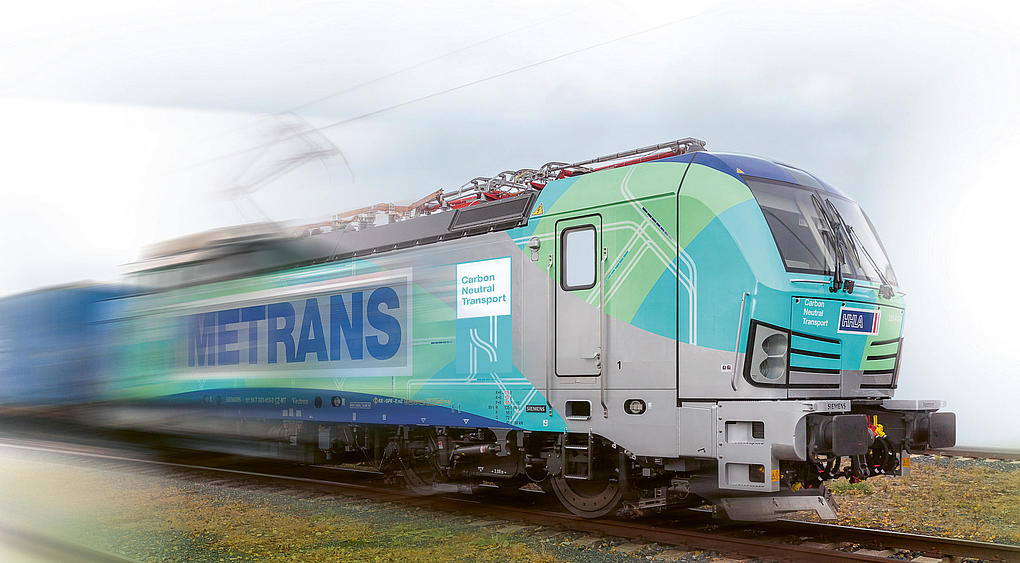
Metrans offers around 650 connections a week. The trains are often crossing international borders – resulting in a few challenges.
Read the whole story